31 Jul Developing a Training Program
In order for any business to be successful, it is essential that its employees possess the proper skill sets to do their jobs at a high level. Since most employees do not enter a company completely equipped to fit their new position, training is very important. Though many employers view training as simply a burdensome expense, the view should be that it is an investment into your employees’ and your company’s future by positively developing a training program.
Not only is it important for your employees to be well-trained and educated for their job, it is also vital that they continue to learn and grow as your company, industry and technology evolve. In addition, training allows you to ensure that standards and expectations remain consistent throughout your organization, as all employees are on the same page.
Where to begin?
A successful training program takes time and effort to develop. If you don’t invest the time on the front end, your result will not be nearly as effective or worthwhile. Use the following steps as a guideline for developing your training program:
Needs analysis: Before you begin, it’s important to assess your employee and company needs to determine where problem areas or deficiencies exist, which needs are most vital for your company to address, and therefore where to focus your training efforts. You can gather information through a combination of observation, interviews and reviewing personnel files.
Identify program objectives: Your needs analysis should highlight which deficiencies in knowledge or skill have the greatest need, along with which general areas you may deem essential for all employees to have training in. Next, you should identify the objectives of the program. What are the skills, behaviors, knowledge and attitudes you’d like your employees to learn? What do they already know, what do they do now and how would you like that to change? Answering those questions can help you create concrete objectives for your training program.
Design the program: Based on your stated objectives, decide what content the program should contain, what activities should be included and what instructional methods would be most appropriate. Some common methods include lectures, readings, demonstrations, case studies, computer-based and role playing. Each has its own benefits and drawbacks, so consider all options when deciding what is most appropriate for each course. It’s also important to carefully choose your instructor(s), as that person will play a vital role in ensuring the training is successful and well-received. Sometimes a knowledgeable, capable employee is a good choice; other times, outsourcing may be the best option (many HR consulting firms offer training session/instructors). Be sure to also consider how the skills and knowledge can refresh after the training session (take-away materials, refresher courses, etc.).
Evaluate: Ongoing evaluation is crucial for any training program. You should periodically revisit your objectives, analyze your progress and determine if you are meeting your objectives with your current program. Are employees coming away with valuable knowledge and/or skills? Is your instructor effective? Is the training helping employees do their job at a higher proficiency? Observation is one way to answer these questions, but be sure to ask your employees for feedback too. They will tell you if they felt the training was valuable, along with why or why not. Based on your conclusions, adapt your program in order to better meet your goals and expectations.
Strategic Tips
Effective training programs share many qualities. Consider these tips in crafting, implementing and maintaining your training program:
Get management on board: Without the full support of management, it will be tough to get the financial backing necessary to carry out your desired training program. Plus, the more enthusiastic management is, the easier it will be to get buy-in from your employees.
Make connections: If employees don’t see the connection training has to their own job, they’ll see it as a waste of their time. Clarify how the training will directly impact their job and improve their ability to perform tasks; they should view it as an important aspect of their professional development.
Recognize and reward: To further enunciate the value of training and promote employee interest, provide rewards for completed courses or programs. Also be sure to recognize successful application of the learned skills after training is complete.
Find the right fit: To be worth your time (and money), each of your training courses should be tailored exactly to deliver the specific skills you want to teach. If an outsourced program isn’t quite what you’re looking for, it’s smartest to take a little more time and design something internally.
Don’t stop at one: New employee orientation is crucial, but that shouldn’t be the only training your employees ever receive. Continuing training will encourage employee growth and development, ensure that performance remains at a high level, and help support your evolving company vision and changing industry and technological standards.
Make it measurable: We’ve already discussed the need for evaluation, but that is difficult if you are unable to measure the results of your training program. Make your objectives measurable, so that you can determine if you succeed in fulfilling them. Set a goal for what you want to accomplish, and where you expect your results to be; if you fail to meet that initial goal, modify your program accordingly. Measurable concrete results will also make it easier to maintain senior level and financial support.
Include supervisors: Supervisors and managers should be trained as well, and should be well-versed in the training their employees are receiving. Also, coach them about their role after training; this ensures the learned skill or behavior is applied and reinforced consistently.
Training programs can give your team an advantage and increase your likelihood for consistent success. For more information and tips, contact or connect with Byars|Wright today!


